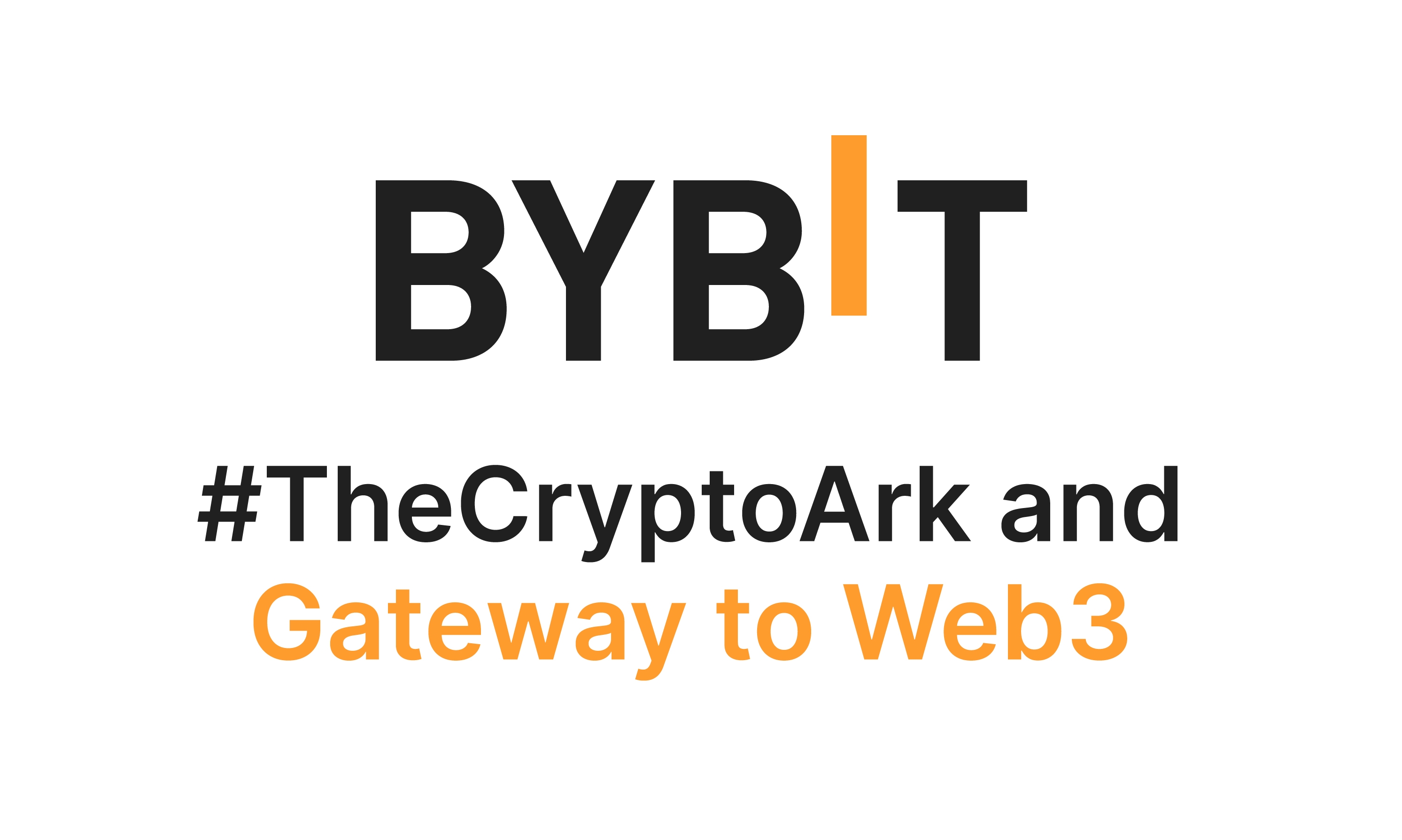Whoa! I remember the first time I watched a copy-trader wipe out a position in thirty seconds. Really? Yep. It felt loud and chaotic. My instinct said somethin’ like “don’t blindly follow,” and that gut feeling stuck with me. Initially I thought copy trading was a shortcut to alpha, but then realized the reality is messier: alignment, incentives, and execution matter far more than flattering P&L screenshots. Okay, so check this out—this piece walks through how copy trading, staking, and derivatives trading intersect for traders using centralized exchanges, with practical tactics you can apply today.
Here’s what bugs me about a lot of beginner advice: it’s either cheerleading or doom-saying. On one hand you get “copy the whale and get rich,” though actually on the other hand you see warnings to avoid everything. Hmm… that contrast deserves nuance. I’ll be honest—I’m biased towards tools that preserve capital first. I’m also not 100% sure about every nuance for every exchange, but the patterns repeat.
Short primer first. Copy trading lets you mimic others’ trades. Staking locks assets to earn yield and sometimes governance rights. Derivatives give leverage and hedging power, but also complex funding mechanics. These three arenas overlap in surprising ways, especially on platforms that offer all of them. Something felt off about treating them separately; they are often the same trader’s toolkit.
Copy trading is seductive because it promises time savings and “outsourced skill.” Seriously? Yes — when it works. But the devil lives in the details: latency, slippage, risk allocation, and tail-risk behavior. If the copied trader routinely uses 10x leverage on altcoin futures, you will too—unless there’s a risk filter. So before you click follow, ask: what is the manager’s typical leverage, maximum drawdown, and trade frequency? Also check whether they hedge during market stress. These are the practical, boring things that matter.
Practically speaking, build a checklist. Very very important: look for transparency. Are past trades verifiable? Is there a clear fee split? Do they disclose position sizing rules? If not, walk away. Look for a manager who documents scenarios—not just winners. Oh, and by the way, look at their liquidation history. That tells you more than PR screenshots.

How to Evaluate a Copy Leader
First pass should be quantitative. Check win rate, average return per trade, and max drawdown. Second pass should be qualitative. Read their trade rationale. Do they short overleveraged longs during funding squeezes? Or do they hole up in a long-only echo chamber? One bad habit I see: followers assuming correlation equals skill. Correlation is not causation. Also, be wary if a leader’s strategy only shines in one market regime.
System 1 kicks in hard here. Whoa, a +1,200% month! That triggers a reflex. Pause. System 2 needs to step in and ask whether that performance came from a small sample or from lucky positioning. Initially I thought extreme returns meant genius, but then realized survivorship and selection bias are huge. Actually, wait—let me rephrase that: extreme returns can indicate either skill or risk concentration, and the follower often bears the tail risk.
Technical checklist suggestions: ensure the platform enforces trade replication in a way that preserves order types. Stop-losses matter. Execution slippage can erase neat backtests. Also, confirm the platform’s fee structure doesn’t create hidden incentives for leaders to trade more frequently for commission. This is subtle but real.
Staking: Yield, Security, and Liquidity Trade-offs
Staking feels safe. It’s a passive yield prospect. But yield and liquidity are always trading off. Some staking programs lock assets for months. Others offer flexible staking with lower APR. Decide which you want. My rule: never stake beyond your mental timeframe for needing the asset. Seriously—liquidity droughts can force you to sell other assets cheap in a pinch.
Here’s the thing. PoS staking can also change a trader’s risk profile. If you stake ETH and then lever up ETH futures, you’ve doubled down on the same underlying exposure in different flavors. So mentally map exposures across spot, staked assets, and derivatives. On one account I once had my ETH staked while simultaneously holding synthetic ETH shorts via derivatives as a hedge—complicated, and I learned about rebasing timing the hard way.
Operational risks matter. Custodial staking via centralized exchanges reduces node-maintenance friction but increases counterparty risk. Non-custodial staking gives control but brings technical complexity. There is no free lunch. For many US-based traders, the convenience of custody and integrated products wins, but you should price that convenience.
Derivatives: Use Them to Hedge, Not Gamble
Derivatives are powerful. They let you express views succinctly, hedge spot exposure, and monetize volatility. But leverage eats irrationality for breakfast. My advice: use derivatives to sharpen risk management, not to chase vanity returns. If you’re copying a leader who shorts volatility with 20x notional, rethink alignment.
Let me walk through a practical setup. Suppose you hold a long BTC spot position and want downside protection for 30 days. Buying a put option is costly. Alternatively, shorting futures can hedge delta cheaply but introduces funding rate exposure. There are trade-offs: put premium versus negative carry from perpetual funding. Your choice depends on the expected drawdown size, your time horizon, and willingness to pay carry.
On perpetual swaps, monitor funding rates closely. They flip during craze phases, and the funding mechanism can tax leveraged trends. Many traders ignore funding and then find their realized returns diverging wildly from mark P&L. Something I learned the hard way: funding is like a slow bleed that compounds. You need to model it.
Putting It Together: A Practical Portfolio Framework
Okay, here’s a pragmatic architecture for combining copy trading, staking, and derivatives. Start with a core-satellite approach. Make your core low-leverage and preferably spot or staked with a clear liquidity plan. Then allocate a satellite to active copy strategies with strict caps on drawdown and leverage. Finally, reserve a tactical sleeve for derivatives hedges and opportunistic plays.
Example allocation for a hypothetical moderate-risk trader: 50% core (spot + flexible staking), 30% satellite (copy trading with conservative risk filters), 20% derivatives (hedges and short-term tactical trades). This is not gospel. It’s a template you can adjust. The core idea is to segregate roles and avoid accidental correlation stacking.
Risk controls to implement immediately: stop-loss cascade limits, per-manager exposure caps, and a “circuit breaker” rule that pauses copy replication after X% drawdown. Also, tax-aware accounting matters. Derivatives and staking have distinct tax implications, and that affects net returns, especially in US jurisdictions.
Platform Selection and Why It Matters
Platform choice changes the calculus. Execution speed, available order types, custody terms, staking rewards, and derivatives products vary across exchanges. Personally, I’ve used several integrated platforms that simplify the workflow. If you want a unified experience—spot, derivatives, staking, and copy services—consider offerings like the bybit exchange which bring many of these features under one roof. But do your due diligence: read the fine print, test with small sizes, and confirm KYC requirements and custody policies fit your needs.
One caveat: platforms evolve. Promotions, new staking programs, or product launches can tilt incentives. Don’t assume yesterday’s product terms persist. Regularly review positions and platform updates. And keep some capital in a cold wallet or non-custodial staking if you’re risk-averse to counterparty exposure.
Common Questions Traders Ask
Is copying profitable long-term?
Short answer: sometimes. Long answer: profitability depends on leader alignment, risk management, and fees. Many copied strategies outperform in short windows but struggle over regimes. Treat copying as delegation, and audit the delegate’s behavior continuously.
Should I stake while using derivatives?
You can, but map exposures. Staking increases spot exposure; derivatives can either hedge or amplify that exposure. Avoid accidental double exposure unless you want it. If you’re hedging, ensure the hedge matches the staked asset’s effective availability and slashing risk profile.
How do funding rates affect my strategy?
They matter more than many assume. Funding is a recurring cost or revenue depending on market bias. Over long periods, funding can erode returns on leveraged directional bets. Model funding into expected P&L scenarios before entering large notional positions.
All right—final notes before you dive back into the market. I’m biased toward risk-first management. Practice with small allocations and iterate. Track leader behavior during volatility spikes. Use staking deliberately, not accidentally. And if you copy-trade, align incentives: prefer leaders who eat their own cooking. There’s no perfect system, but disciplined processes win more often than raw intuition.
I’m not offering financial advice here; this is analysis based on experience and pattern recognition. Take what fits, test what doesn’t, and remember: markets humble the overconfident fast. Hmm… that’s both sobering and oddly motivating. Good luck out there—trade smart, and don’t let FOMO drive your allocation.
